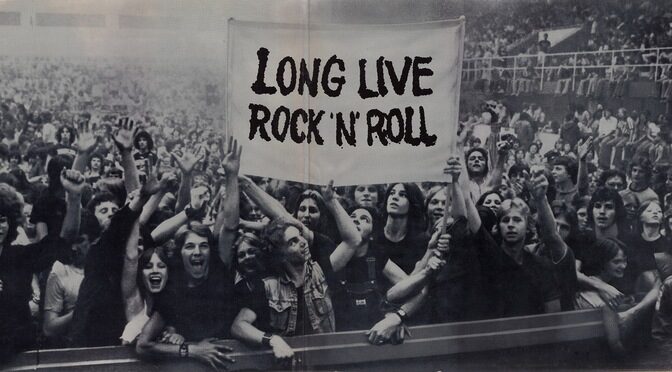When the 2021 Cadillac Escalade was introduced, the vehicle manufacturer didn’t make a big deal out of the fact that this is a BIG SUV—the passenger volume is 168.4 cubic feet, which doesn’t mean a whole lot until you know that your Honda CR-V has more than 60 fewer cubic feet for people, and we’re talking about the regular wheel base Escalade, not the extended model—as much as it touted “Escalade’s industry-first curved OLED display” that “offers more than 38 inches of total diagonal display area” including “a 7.2-inch-diagonal touch control panel driver information center to the driver’s left, a 14.2-inch-diagonal cluster display behind the steering wheel and a 16.9-inch-diagonal Infotainment screen to the driver’s right.” Cadillac, presumably wanted to emphasize that this isn’t just a vehicle that, depending on the engine selected, has fuel economy of 13 mpg, but an entertainment experience, as it had Spike Lee introduce the vehicle at an event in Los Angeles.
Another point it emphasized was that the SUV features an audio system from AKG that includes 36 speakers driven by three amps that deliver 28 channels. Notably there is what is called “Studio 3D Surround.” The speakers are placed such that it delivers “sound like being with the artist in the recording studio.” AKG, which was founded in Vienna in 1947, invented the dynamic cardioid microphone that became popular in recording studios; its capabilities in the recording studio space garnered it a Technical Grammy in 2010. Although there is something to the fact that Mozart spent a considerable amount of time in Vienna and died there which makes microphones and speakers from a company that was founded there, in 1994 AKG was acquired by Harmon International. AKG Vienna was shut down in 2017 and the HQ moved to Northridge, California, the same year that Harmon was acquired by Samsung.
Automakers across the board are banking on things like screens and entertainment to attract people to their models. While there had been radio head units in the dashboards since the mid-1930s when Motorola was established (there was a 1922 Chevy with a radio, but Motorola made radios an accessible option), by and large they have disappeared, giving way to screens of different sizes and configurations.









